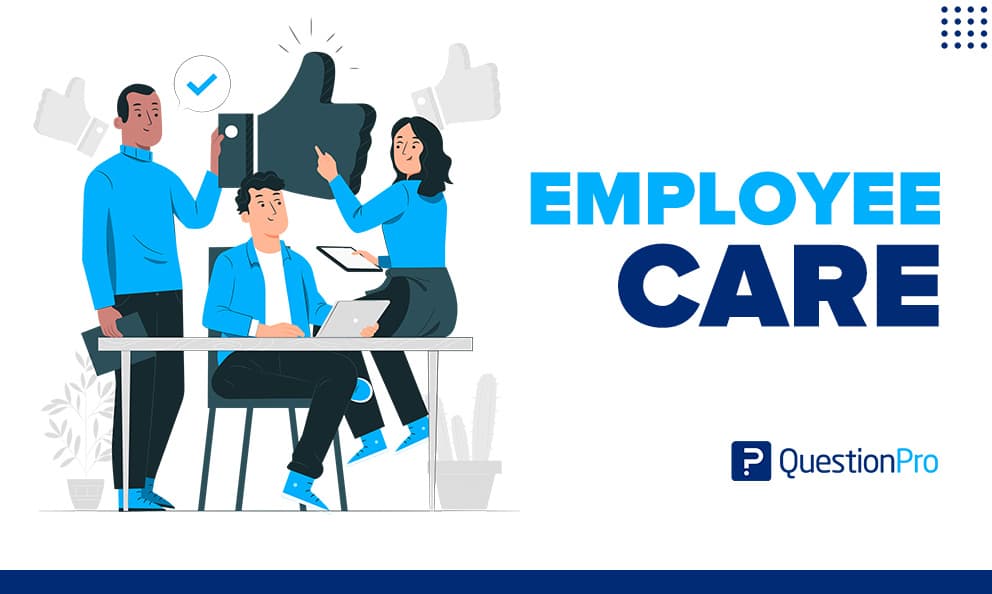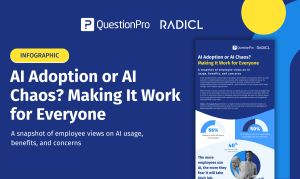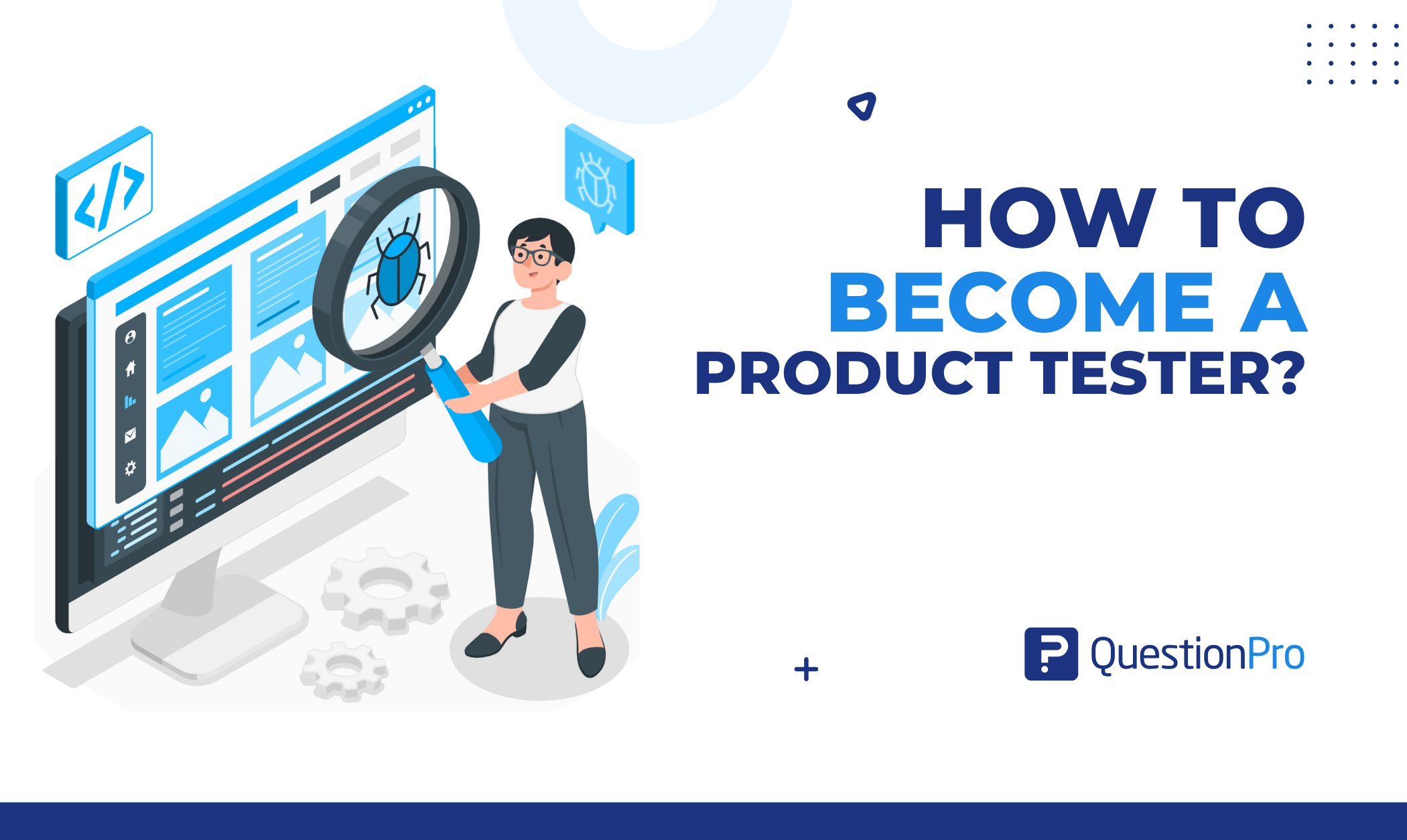
Employee care is required because when one aspect of an employee’s life seems ignored, it tends to be the only thing on which that person can concentrate. As a result, businesses have driven to ensure that their employees are well-cared for in their personal and professional lives.
Of course, there are many fair and appropriate limits, but your firm has several methods to guarantee that each person brings their complete self to work.
As a corporate leader, you may make an effort to care for your staff and boost performance and motivation in your team or organization. This blog will go through several aspects of workplace care, why it’s important and how to improve.
What is Employee Care?
In human resource management, employee care is essential. In the workplace, it is vital to address employee well-being. Demonstrate to your colleagues that you care deeply about their well-being at this trying time. You can choose what your employees require the most: daily needs facilities, office equipment facilities, medical facilities, educational facilities, child care, and utilities, among other things.
Whether employee health is included in the more extensive “employee care,” many professions and businesses use it indiscriminately.
When employees see their managers and superiors valuing and appreciating them at work employee engagement and motivation and dedication increase even more. It motivates employees to work harder and improves their quality of work life.
The Importance of Employee Care
If you want to maintain top talent management and increase performance, it’s critical to make them feel valued and appreciated. Taking good employee care has a significant advantage, such as:
- Increase in productivity and creativity.
- Optimistic employees.
- Job fulfillment.
- A pleasant ambiance.
- Excellent client service.
- Devoted and loyal staff.
Coworkers and bosses become part of their social network since they spend hours at work. Encourage your employees to have loving and pleasant connections with one another, and you’ll have a more enthusiastic and supportive team.
Ways to Improve Employee Care
With their strong HR and benefits departments, many major corporations are in charge of what they can manage. Use employee involvement and best practices to keep expenses and policies that influence the brand and bottom line under control. You don’t have to become a Fortune 500 company to follow these guidelines. Smaller organizations might benefit from learning these well-managed benefit program behaviors as well.
Meet the goals set by your firm.
Responsible teams are always looking for ways to make the company a great workplace. More robust employee engagement is a priority objective for most HR professionals in whatever shape it takes. In fact, employee engagement is the #1 issue for businesses with fewer than 1,000 workers. Other organizations may target attracting younger employees first, and coming up with innovative new benefits packages might be a beneficial first step.
Take the time to write out the main HR goals for the year. Establish clear actions to achieve those goals. Start monitoring metrics to track progress towards such steps and goals. And they meet periodically to report to leadership what they have accomplished and what may need to be changed moving forward.
Look for unfulfilled needs in your staff
Poll your workers on the perks you’re now providing and ask if they have any needs that they believe aren’t being met because they can rely on employee care. Then, segment it by demographic to identify areas for improvement using that data. Perhaps your staff would like to work remotely and travel less. According to analytics, more than 80% of employees prefer some type of flexible work option.
Consider creating affinity groups inside your firm if you don’t currently have one to provide a forum for like-minded individuals to address their particular difficulties.
Increase awareness of additional advantages that are neglected
We can start with these kinds of questions.
- Do your employees understand what an Employee Assistance Program (EAP) is and what it covers if your company has one?
- Do they know how to apply the curriculum to problems they encounter outside of work?
- Do you realize what your EAP does not cover?
- Is there anything that your EAP can’t help with for your employees?
Consider a systematic outreach campaign, employing both high-and low-tech tactics, as you find untapped advantages throughout your services. The idea is to ensure that your employees are aware of the entire range of benefits available to them, as well as how to use them.
Encourage your employees to speak out about their issues.
Consider establishing a weekly or monthly “office hours” program where workers may come in and talk about their problems. This program can be beneficial even if perks aren’t discussed. HR transparency and flexibility develop a sense of openness that workers like.
Ensure there are systems in place for workers who may be hesitant to engage in such a forum to submit input on sensitive matters without fear of retaliation anonymously. Knowing what’s bothering your staff allows you to fix those concerns, lowering their economic effect.
Assume that the scenery will transform in the future.
Combining the tactics listed above can help a company transform the way it thinks about employee benefits by prioritizing employees’ outside-the-office requirements. Decisions taken today will influence how we care for ourselves and our loved ones in the future and how corporations “care” for their employees as a result.
However, working now to ensure that your company is well-off to care for your employees can spare you the stress of dealing with new regulations or expectations later. Intelligent organizations that start these discussions now will be ahead of the curve when it comes to caregiving difficulties in the future.
Conclusion
Taking good care of your employees can lead to increased productivity and creativity. For businesses to thrive, they must take care of their employees’ personal and professional lives.
Demonstrate to your colleagues that you care deeply about their well-being at this trying time. Employee engagement is the #1 issue for businesses with fewer than 1,000 workers.
Take the time to write out the main HR goals for the year and establish clear actions to achieve those goals. Start monitoring metrics to track progress towards such steps and goals.
With QuestionPro Workforce, you can learn more about how to look after your employees and take steps to create a positive effect on your company.







